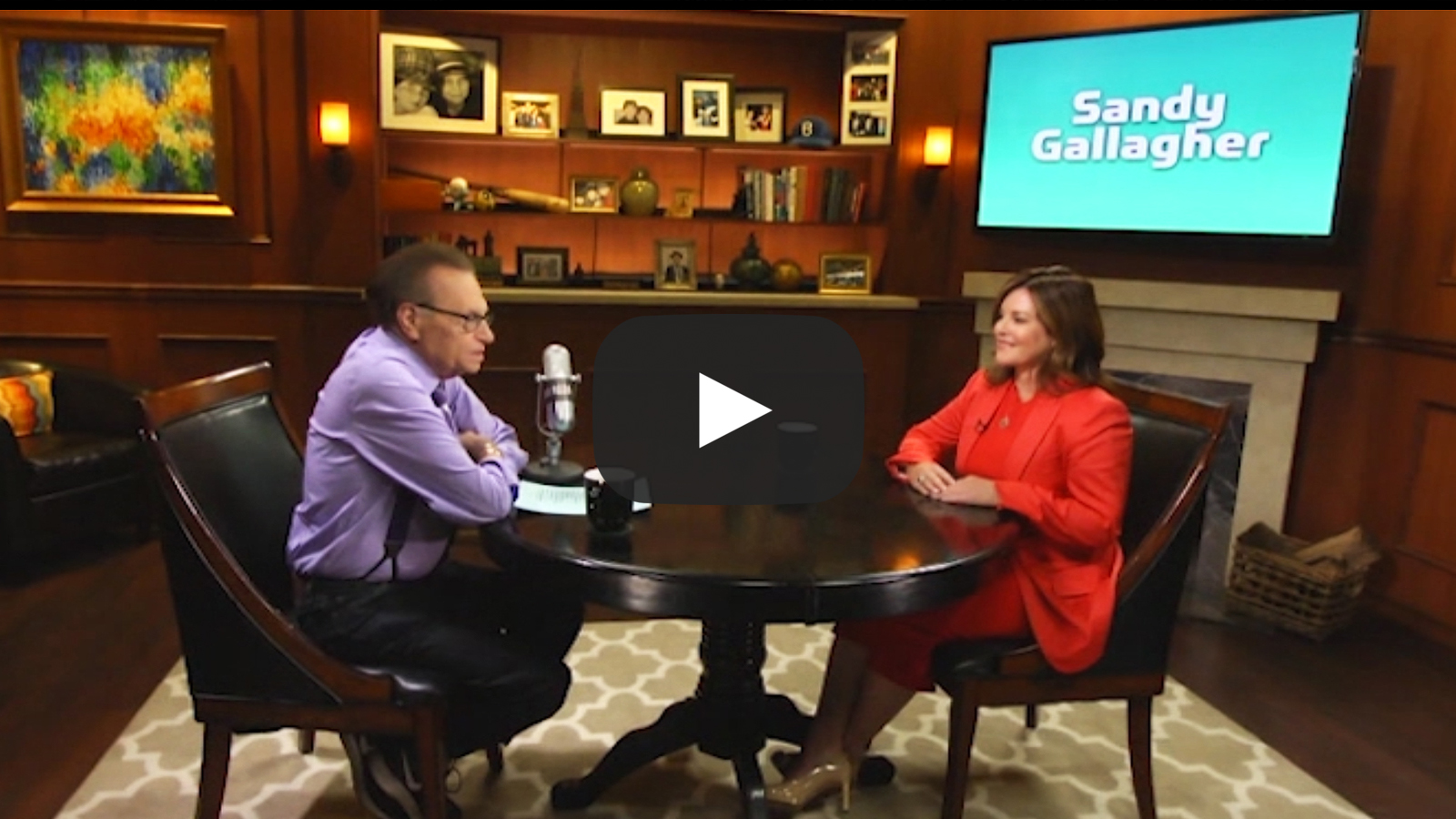[su_spacer size=”30″]
This month, Sandy and I shared a lot with you about what it takes to walk through your fears so you can achieve your goals and live your dreams.
Now that we’re approaching the end of the month, I’m curious about how you’re handling fear when it comes up in your life.
Do you retreat to where it’s safe, so you don’t have to face it?
Does it stop you in your tracks?
Or are you able to recognize it for what it is and keep moving forward?
Is it Real?
If you’re in a dangerous or threatening position, the fear you feel is legitimate. And you need to react or respond appropriately.
However, the kind of fear that stops you from achieving goals and dreams isn’t generally dangerous. It is usually caused by having to do something you’ve never done before—something that takes you out of your comfort zone.
When faced with such a situation, you can let the fear control you or you can take matters into your own hands.
The choice is yours. You can think…
‘I can’t do this’ or ‘I’ve got this.’
‘It’ll never work out’ or ‘It’s going to work out.’
‘This isn’t who I am. I’m better off staying where I am’ or ‘I must do this to get where I want to go.’
Reacting vs. Responding
No matter what fear throws at you, you can react to it, or you can choose to respond with faith.
When unwelcome things happen in your life, in just a few seconds, you can shift to a state of complete fear and frustration. Or, if you play your cards right, you can move to a place of hope and a knowingness that everything is not only okay, but it’s going to get better.
One way to do that is to start paying attention to how you act when you are confronted by things in your daily life that make you uncomfortable or afraid.
When you react to something, your emotional or subconscious instinct is in control. That means the situation is in control of you. However, because of how your experiences and prior choices have programmed your subconscious mind, your emotional reactions often do not help you achieve the best results.
When you respond, however, your brain is fully engaged, and your self-awareness is high. You are in control, not your emotions or your programming, and you can make a constructive and conscious decision that moves you closer to your desires.
Learning to Respond
Here are three things you can do to start responding instead of reacting to fear:
1. Get emotionally involved with the idea of achieving your goal (see our recent post on the terror barrier to learn more about how to do it).
2. Understand what’s causing the fear (stepping outside of your comfort zone) and that it will go away if you walk through it.
3. Do the thing that scares you.
Always pause, any time you experience anxiety or fear, whether it’s related to pursuing a goal or something else.
You don’t have to act immediately, just because you have an internal reaction. Practice pausing, not acting, so, you can stay in control of the situation.
And instead of repressing the fear, let the feeling rise… and breathe.
Watch the urge to flee, retreat, or strike out rise inside you, and then let it pass through you. Don’t repress it. Sometimes this process might take a few seconds. Other times it will require more work, such as writing down what you’re feeling to allow the fear to pass through you.
No matter how long it takes, get yourself into a more positive state before you respond.
With practice, you’ll find it gets easier to start responding instead of reacting to fear and other negative emotions.
What If You Fly?
In any situation, you can react with anxiety or fear, or you can respond with hope and faith.
Faith is the opposite of fear.
Here’s how Clarence Smithson defined it:
“Faith is the ability to see the invisible and believe in the incredible, and that is what enables believers to receive what the masses think is impossible.”
Fear, on the other hand, is seeing the invisible and believing something bad will happen.
When you’re called to do something you’ve never done, something that will make you stretch, instead of thinking the worst, choose to believe that something incredible will happen.
Choose to think…
“Everything is going to work out great!’”
“I’m going to succeed.”
“I can do anything I put my mind to.”
A Life Practice?
If you want to make responding rather than reacting a life practice, use the opportunities presented in the tiny moments that happen every day. Times when the person you imagine yourself to be doesn’t align with how you are feeling or acting at that moment.
To respond in fearful situations is to first, pause and take a full breath before doing anything. It is to stop and think properly, so you can take actions that produce your desired results. It’s to no longer be controlled by habits that don’t serve you.
When you keep coming back to this idea of react/respond, and you start making responding a habit, the switch from fear and frustration to a sense of calm and hope will be swift and certain.
To your success,
Bob Proctor
P.S. We’ve prepared a download to remind you of the difference between reacting and responding to fear and to help you make decisions that will move you closer to your goals.

[Tweet “Do You React or Respond to Fear?: https://bit.ly/30BZAUI #bobproctor”]
[wpdevart_facebook_comment curent_url="www.pgistaff.org/38611/start-responding-not-reacting-to-fear" order_type="social" title_text=" " title_text_color="#000000" title_text_font_size="22" title_text_font_famely="Arial" title_text_position="left" width="100%" bg_color="#FFFFFF" animation_effect="none" count_of_comments="10" ]
" title_text_color="#000000" title_text_font_size="22" title_text_font_famely="Arial" title_text_position="left" width="100%" bg_color="#FFFFFF" animation_effect="none" count_of_comments="10" ]







